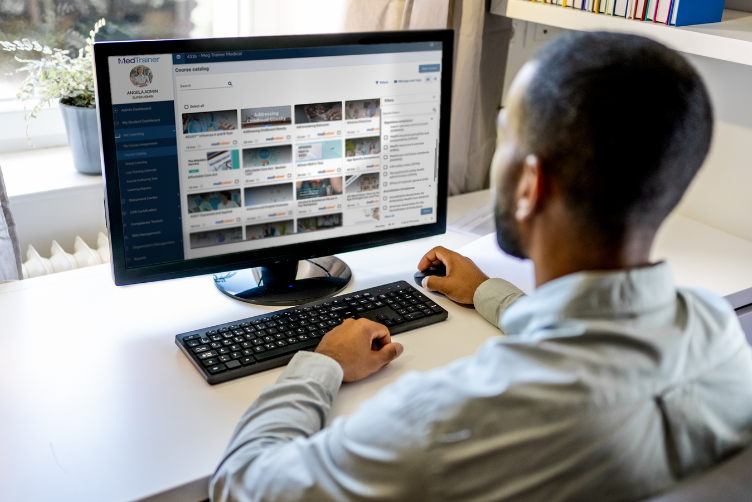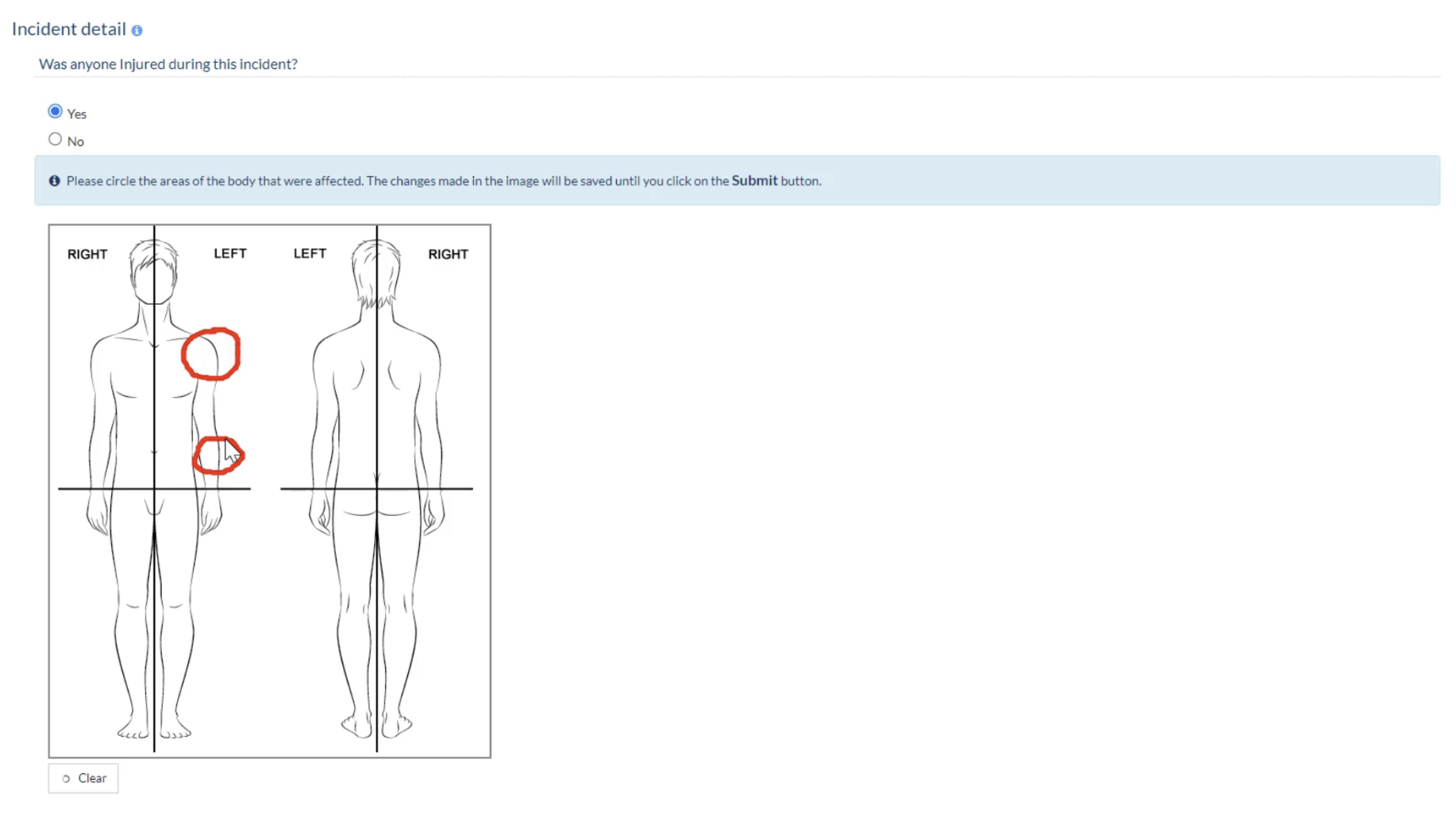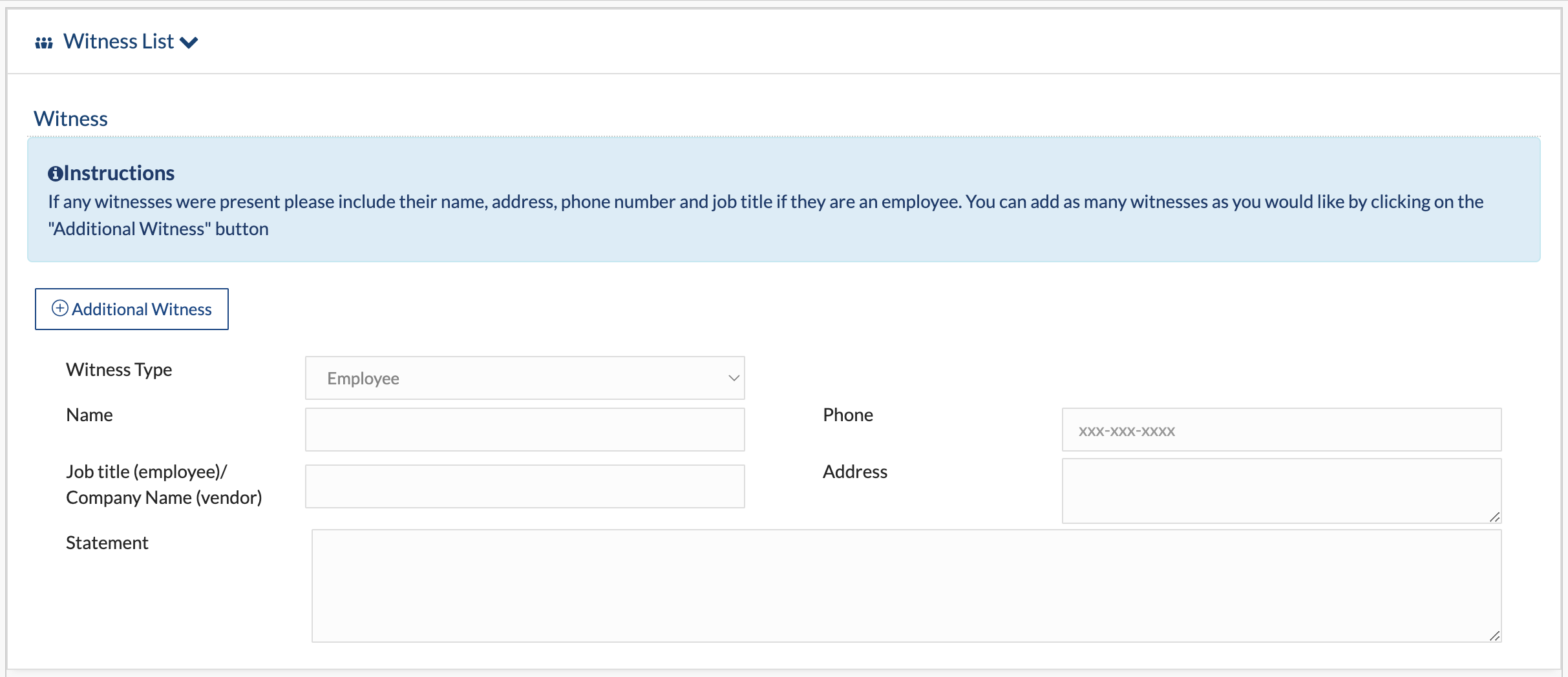An incident report serves as a critical tool for both understanding what went wrong and laying the groundwork for preventative measures. However, this is only possible when you collect accurate data immediately following an incident. Using this software incident report example, you’ll be able to remove common barriers and build incident reports that will help to move your healthcare organization forward.
What Is an Incident Report in Healthcare?
An incident report is a comprehensive documentation of any event within a healthcare setting, encompassing all pertinent details surrounding its occurrence and subsequent outcomes. Its effectiveness hinges upon the completeness and accuracy of the information provided. A well-crafted incident report captures the incident itself and the contributing factors and consequences that arise from it. Healthcare incidents encompass a broad spectrum of events and often fall into one of these four types of healthcare incident reports.
Incident Reporting: Paper vs. Software
Incident reporting software offers many benefits over a paper-based process. And choosing a healthcare-specific incident reporting system offers many benefits over a system built for all industries.
As you’re considering software incident report examples, keep in mind the advantages of online incident reporting software.
| Paper Incident Reports | Incident Reporting Software |
| Kept in a folder or locked in an office | Accessible anywhere |
| Hand deliver the incident report to the reviewer | Automatic escalation through designated process |
| One standard form that is used for every incident type | Customizable forms for precise data collection |
| Photocopied and distributed to departments, so it is very hard to ensure employees are using updated forms | Real-time form updates using drag-and-drop capability |
| Visibility is only available through the person who keeps the incident report forms | Always accessible reports and visibility |
| Drop off the incident form and hope no one sees you | Anonymous electronic submittal |
Healthcare Software Incident Report Example
Let’s break down a healthcare software incident report example to see what can be included and why software is a great choice for most healthcare organizations.
Incident Type
Using incident reporting software, you can easily offer multiple choice answers for the incident type field. Since you aren’t allowing random answers and deciphering variations of standard incident types, it’s easier to collect and analyze incident report data.
Description
The description is a critical part of the incident report and should include clear instructions that prompt employees to answer the 5 W’s in healthcare incident reporting. This section should include the date, time, and location of the incident.
Injury Diagram
A great incident report offers all the details needed to properly handle and resolve an incident. In this software incident report example, quickly highlight injuries on a diagram more clearly than trying to describe the injuries.
Witness List
A witness list can be incredibly helpful for your organization’s legal and compliance teams. The witness information should include name, type (employee, patient, visitor, vendor), phone number, address, and statement.
Supporting Documentation
It is best practice to offer an opportunity for employees to include supporting documentation when completing an incident report. You never quite know what might be attached, but some common items include photos, diagrams, and witness statements. It is much easier to upload photos to a software incident report than it is with a paper process.
Signature (required)
A signature should be standard for non-anonymous incidents. It adds a level of accountability that helps to prevent workers from putting false information or names on the form. Incident reporting software automatically tracks actions and data, making it harder for someone to submit a false report.
Action/Resolution (required)
Every incident report should end with the action to be taken. This field should be required and should include a multiple choice question to prevent employees from skipping or entering an off-the-wall answer.
The most common options for the next action to be taken:
- Resolve this incident
- Escalate this incident
Benefits of Using MedTrainer for Incident Reporting
MedTrainer is the only healthcare-specific incident reporting software. Here are a few reasons more than 300,000 healthcare organizations choose MedTrainer.
- Dynamic Form Building: Drag-and-drop fields allow easy customization and improve the collection of specific data to simplify workflows and identify trends.
- Unlimited Templates: Create as many incident report templates as needed to keep the incident reporting process organized.
- Anonymous Reporting: Make any incident report template anonymous so that employees can complete and submit incident reports from anywhere anonymously can significantly improve escalation and resolution.
- Automated Escalation Workflows: The days of searching for paper incident reports and finding the people involved are gone. Create as many digital escalation matrices as needed to expedite the approval and review process.
- Customizable Reporting: All your incident report data is available to filter, sort, and analyze. Save or schedule the reports to automatically send daily, weekly, or monthly.
- Automatically-Tracked Action: All actions are automatically tracked in an incident report log to provide visibility and accountability in the process.
Ready to take your incident reporting to the next level with MedTrainer? Schedule a demo today!







